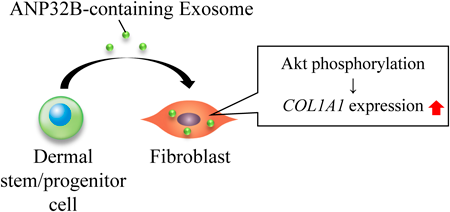- J-STAGE home
- /
- Biological and Pharmaceutical ...
- /
- Volume 45 (2022) Issue 7
- /
- Article overview
-
Ayumi Sanada
Corresponding author
Research Laboratories, Nippon Menard Cosmetic Co., Ltd.
-
Takaaki Yamada
Research Laboratories, Nippon Menard Cosmetic Co., Ltd. Department of Applied Cell and Regenerative Medicine, Fujita Health University School of Medicine Department of Dermatology, Fujita Health University School of Medicine
-
Seiji Hasegawa
Research Laboratories, Nippon Menard Cosmetic Co., Ltd. Department of Dermatology, Fujita Health University School of Medicine Nagoya University-MENARD Collaborative Chair, Nagoya University Graduate School of Medicine
-
Yoshie Ishii
Research Laboratories, Nippon Menard Cosmetic Co., Ltd. Department of Applied Cell and Regenerative Medicine, Fujita Health University School of Medicine
-
Yuichi Hasebe
Research Laboratories, Nippon Menard Cosmetic Co., Ltd. Nagoya University-MENARD Collaborative Chair, Nagoya University Graduate School of Medicine
-
Yohei Iwata
Department of Dermatology, Fujita Health University School of Medicine
-
Masaru Arima
Department of Dermatology, Fujita Health University School of Medicine
-
Kazumitsu Sugiura
Department of Dermatology, Fujita Health University School of Medicine
-
Hirohiko Akamatsu
Department of Applied Cell and Regenerative Medicine, Fujita Health University School of Medicine
Supplementary material
2022 Volume 45 Issue 7 Pages 872-880
- Published: July 01, 2022 Received: December 23, 2021 Released on J-STAGE: July 01, 2022 Accepted: April 15, 2022 Advance online publication: - Revised: -
(compatible with EndNote, Reference Manager, ProCite, RefWorks)
(compatible with BibDesk, LaTeX)


